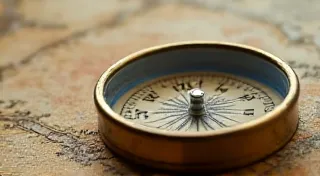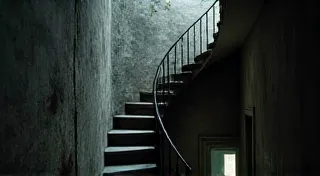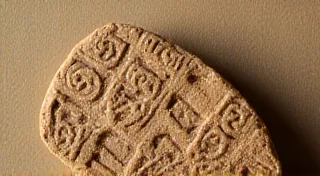The Silent Dialogue: How Vintage Nibs Communicate Across Generations
There’s a quiet intimacy to holding a vintage fountain pen. It’s more than just an instrument for putting words on paper; it’s a conduit, a slender bridge connecting us to the past. And at the heart of that connection lies the nib – a tiny, often overlooked piece of metal, yet brimming with history, artistry, and a profound sense of human touch. Collecting vintage fountain pen nibs isn't merely acquiring objects; it’s curating echoes of lives lived, thoughts expressed, and stories silently waiting to be rediscovered. It’s a journey of understanding not just the metal itself, but the mindset and skill of the artisans who shaped it.
I recall the first time I truly understood this. It wasn't the allure of a beautiful pen or the prestige associated with antique writing instruments. It was the feeling. I was attempting to restore a 1930s Conway Stewart, and after painstakingly cleaning and adjusting the nib, I put ink to paper. The line that flowed wasn’t just ink; it was…resonant. It felt like a whispered greeting from someone I'd never known, a shared moment across the vastness of time. That’s when collecting vintage nibs stopped being a hobby and became something deeper – a conversation with the past. This conversation is often intricate, requiring the deciphering of subtle nuances; a skill that is somewhat akin to lost in translation when trying to understand antique nib markings.
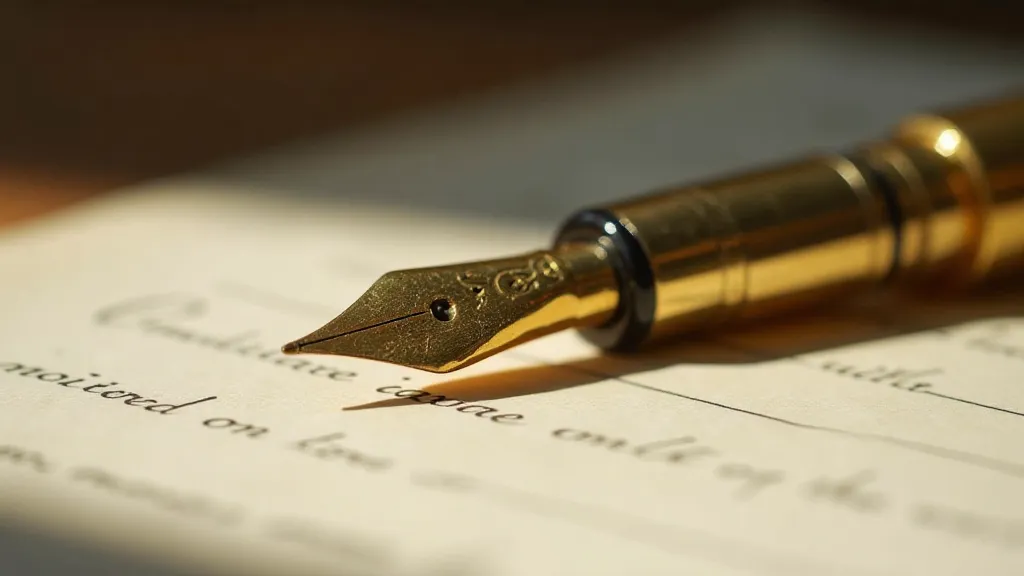
The Craftsmanship: Tiny Metals, Immense Skill
To appreciate the allure of vintage nibs, you must first understand the craftsmanship involved. These weren't mass-produced components churned out by machines. They were meticulously handcrafted by highly skilled artisans. Each nib was often shaped, filed, and polished by hand, a process requiring years of apprenticeship and a keen eye for detail. The resulting nibs were more than just functional; they were works of art, reflecting the skill and dedication of their makers. Think of the meticulous care taken in creating the shape and profile - a subtle shift could dramatically impact the experience of writing, influencing the resonance and flow of prose itself.
Consider the variety. You're not simply talking about “round” or “italic.” While those are common classifications, the nuances are astonishing. There were 'Flexible' nibs that could spread wide to produce variable line widths, ideal for flourishing calligraphy and expressive writing. 'Stub' nibs offered broad, flat strokes perfect for elegant signatures and beautiful lettering. 'Oblique' nibs catered to those who held their pens at an unusual angle, ensuring a consistent ink flow. Each type, each variation, spoke to a different writing style, a different personality, a different need. The differences extended beyond the shape; a keen eye could spot regional variations in manufacturing techniques - a detail that often divided enthusiasts and fueled debate regarding beneath the gold leaf: a comparative analysis of European versus American vintage nibs.
A Historical Perspective: Nib Makers and Their Legacy
The history of fountain pen nib making is a fascinating study in innovation and refinement. Companies like Waterman, Parker, Sheaffer, and Conway Stewart – names that evoke a certain elegance and quality – weren't just producing pens; they were pioneering the art of nib design. Early Waterman nibs, for example, were celebrated for their smoothness and reliability. Parker’s “Lumberjack” nibs of the early 20th century were known for their surprising flex. Sheaffer's self-filling mechanisms, while complex, often paired beautifully with carefully crafted nibs. The golden age of nib making wasn't just about aesthetics; it was tied to the very structure of written communication, as writers found that different nibs could subtly influence the echo of a sentence, affecting sentence structure and rhythm.
The rise of mass production, while democratizing the fountain pen, inevitably led to a decline in the artistry of nib making. While modern nibs are undoubtedly reliable and efficient, they often lack the character and individuality of their vintage counterparts. The desire for consistency and affordability, while understandable, came at a cost - a certain loss of soul. That's why so many collectors seek out those older, handcrafted nibs – not just for their aesthetic beauty, but for the tangible connection they offer to a bygone era of meticulous craftsmanship. This focus on consistency often resulted in a homogenization of writing styles, a trend that some argue stifled creativity and dulled the impact of the written word. Exploring the stories etched into these antique nibs, as described in Echoes in Gold, reveals even more about their significance.
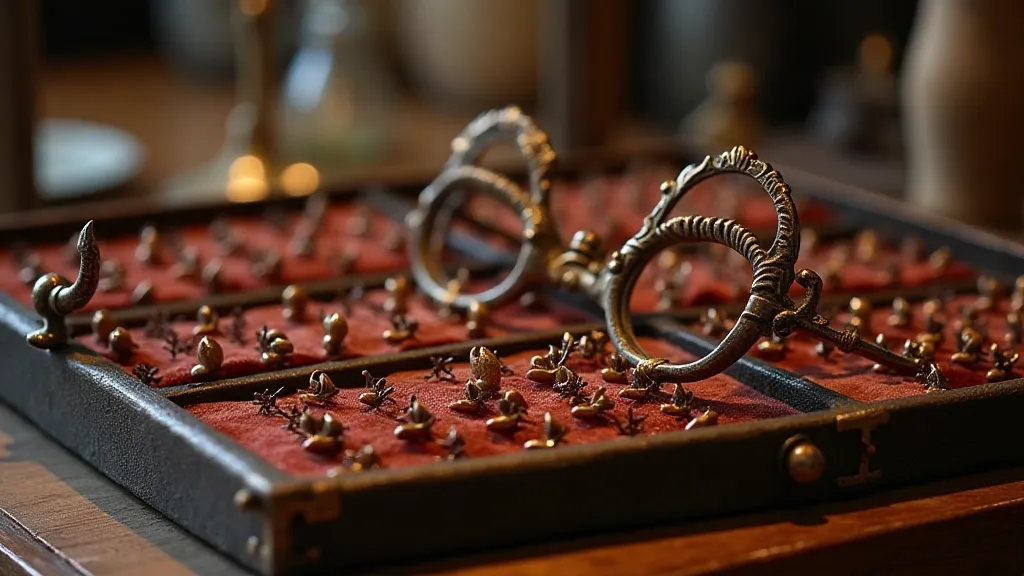
The Language of the Line: Understanding Nib Characteristics
Beyond the historical context, understanding the specific characteristics of a vintage nib is essential for both collecting and appreciating their unique qualities. 'Feedback,' for instance, refers to a slight resistance felt when writing, a tactile sensation many vintage nib enthusiasts find pleasing. It’s a result of the nib’s profile and how it interacts with the paper. ‘Spring’ refers to the nib’s ability to flex under pressure – a key characteristic of flexible nibs. A subtle alteration in the grinding process could radically change the writing experience, and experienced collectors can often discern minute differences with remarkable accuracy.
Different manufacturers often developed their own distinctive styles. Waterman nibs, for example, are frequently described as ‘smooth’ and ‘wet’ – laying down a generous flow of ink. Parker nibs of the 1920s and 1930s often possess a more pronounced 'sweet spot' – a particular angle at which the nib writes with exceptional smoothness and character. Learning to discern these subtle differences is a rewarding journey in itself, akin to learning the nuances of a complex language. One could spend a lifetime studying the subtle variations and uncovering the hidden stories embedded within each nib.
Restoration and Preservation: Honoring the Past
Many vintage nibs require some degree of restoration. Years of neglect, ink corrosion, and accidental damage can all take their toll. While significant restoration should be left to experienced professionals, basic cleaning and adjustments can often revive a nib’s writing qualities. Removing dried ink, polishing away minor scratches, and carefully realigning the tines can often make a remarkable difference. However, the challenge lies in striking a balance – preserving the patina of age while restoring functionality.
However, it’s crucial to approach restoration with respect for the nib’s history. Excessive polishing can remove vital markings and alter the nib’s character. The goal isn't to make the nib look brand new, but to restore it to a functional and aesthetically pleasing condition, preserving as much of its original integrity as possible. Each minor imperfection tells a story – a testament to the nib's journey through time. It's a process that demands patience, skill, and a deep appreciation for the artistry of the original maker.
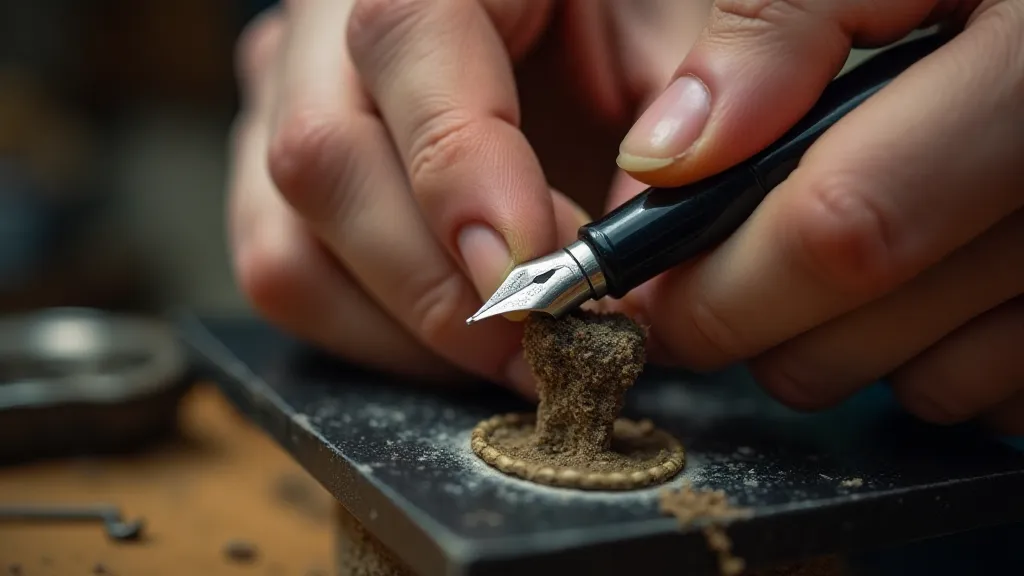
More Than Just Metal: A Tangible Connection
Collecting vintage fountain pen nibs isn't about accumulating objects. It’s about cultivating a deeper understanding of history, craftsmanship, and the enduring power of human expression. Each nib is a miniature artifact, a tangible link to the hands and minds of those who came before us. When you write with a vintage nib, you're not just putting ink on paper; you're participating in a silent dialogue across generations. The very act of writing with such an object fosters a deeper connection to the past, encouraging reflection on the evolution of communication and the human experience.
The feeling of connecting with the past – of holding a piece of history in your hand – is difficult to articulate. It’s a subtle but profound emotion, a quiet resonance that speaks to the enduring human desire to create, to communicate, and to leave our mark on the world, however small. The legacy of these artisans lives on, not just in the beautiful objects they created, but also in the stories they have left behind, waiting to be rediscovered by those who appreciate the beauty and artistry of vintage fountain pen nibs. Perhaps, someday, a future generation will look back at our modern nibs with the same sense of wonder and nostalgia that we feel for those of the past.

